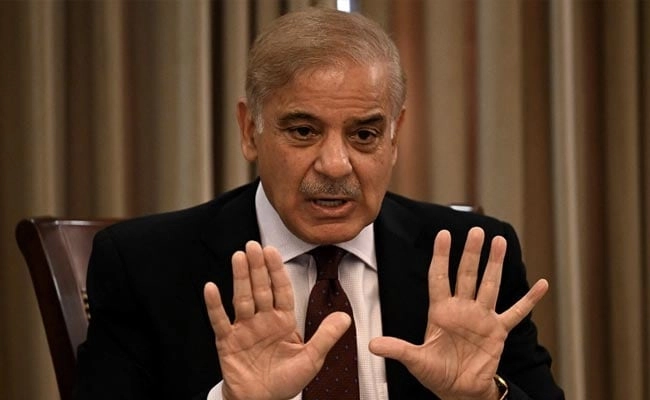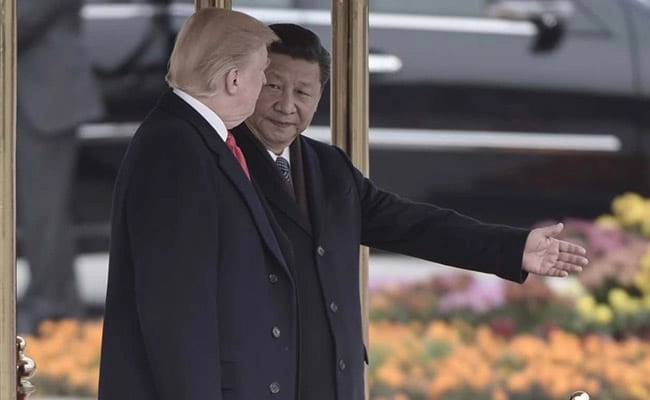In a remarkable instance of polyandry, two brothers from Himachal Pradesh have taken the unusual step of marrying the same woman, embracing a tradition deeply rooted in certain tribal cultures of the region. This practice, while not widespread, is recognized in various parts of the Indian Himalayas and serves as a means to maintain family ties, manage agricultural land, and ensure the economic stability of households. The brothers, hailing from a tribal community, have chosen this path to strengthen their familial bond and share the responsibilities that come with marriage.
Polyandry, where a woman has multiple husbands, is often seen as a practical solution in areas where resources are scarce, and land is limited. By marrying the same woman, families can keep property within the lineage, avoid the division of land among multiple heirs, and ensure that agricultural production remains sustainable. In this context, the brothers’ decision reflects not only a personal choice but also a broader cultural adaptation to the socio-economic realities faced by their community.
The marriage ceremony, steeped in local customs, was a celebration of unity and collaboration, highlighting the importance of family solidarity in tribal societies. The woman, revered as a central figure in this arrangement, assumes a unique role, navigating the dynamics of her relationships with both husbands while fostering harmony within the household. This triad arrangement challenges conventional notions of marriage and family structure, showcasing the diversity of human relationships and the various ways communities adapt their practices to suit their needs.
As society evolves and modern influences permeate even the most remote areas, such traditional practices face challenges from changing social norms and values. However, the brothers’ marriage serves as a poignant reminder of the resilience of cultural traditions and the ways in which they can evolve while still addressing the practical needs of a community. This instance of polyandry not only reinforces the bonds between the brothers but also underscores the adaptability and strength of tribal customs in the face of contemporary pressures.




